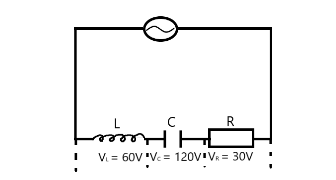Which of the following is a type of incandescent light source?
Fluorescent lamp
LED lamp
Tungsten filament lamp
Neon lamp
Correct answer is C
An incandescent light source is a type of light source that produces light by heating a material until it glows. The material that is heated is usually a metal, such as tungsten. Fluorescent lamps, LED lamps, and neon lamps are all examples of non-incandescent light sources.
Fluorescent lamps produce light by passing an electric current through a gas, which causes the gas to emit ultraviolet light. The ultraviolet light then causes a coating on the inside of the lamp to fluoresce, which produces visible light.
LED lamps produce light by passing an electric current through a semiconductor material, which causes the material to emit photons. The photons then produce visible light.
Neon lamps produce light by passing an electric current through a gas, which causes the gas to emit visible light.
The working of the beam balance is based on the principle of
moments
conservation of energy
equivalence
floatation
Correct answer is A
The working of the beam balance is based on the principle of moments. The principle of moments states that the sum of the clockwise moments on a beam must be equal to the sum of the counterclockwise moments on the beam. This means that the weight of the object on the left side of the beam must be multiplied by the distance from the fulcrum to the left side of the beam, and the weight of the object on the right side of the beam must be multiplied by the distance from the fulcrum to the right side of the beam. If these two products are equal, then the beam will be in equilibrium.
The branch of physics that deals with the motion of objects and the forces acting on them is called:
Electromagnetism
Thermodynamics
Mechanics
Quantum mechanics
Correct answer is C
Mechanics is the branch of physics that deals with the motion of objects and the forces acting on them. It is the foundation of all other branches of physics, and it is used to study everything from the motion of planets to the motion of electrons.
1.5 N
3.7 N
4.2 N
2.5 N
Correct answer is A
q=4.6×10−5, C= 3.2×104 Vm−1 F= ?
F=qE
⇒ 4.6×10−5C × 3.2×104
; F= 1.5 N
JAMB Subjects
Aptitude Tests
